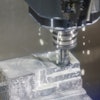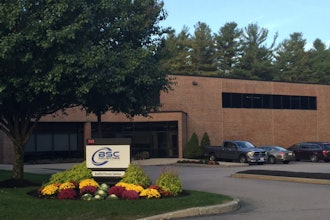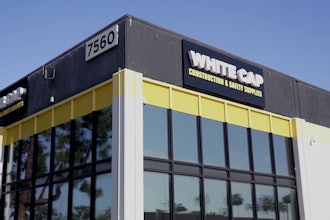WASHINGTON (AP) — American consumers helped boost economic growth in the final months of last year, but higher oil prices are threatening to steal some of that momentum this year.
More expensive gas will dampen consumer spending, at least in the first three months of this year. Still, many economists say the bump in fuel costs and the crisis in Japan will have only a mild impact on the U.S. economy for the full year and are sticking with 2011 projections for the fastest growth since before the recession.
The economy, as measured by the gross domestic product, grew at an annual rate of 3.1 percent in the October-December quarter, the Commerce Department reported Friday. That was an upward revision from last month's 2.8 percent estimate, boosted by more inventory building and business investment in plants and equipment.
The quarterly expansion was the best since the start of last year and was driven by 4 percent growth in consumer spending, the strongest gains in four years. Consumer spending is closely watched because it accounts for 70 percent of economic activity.
Many economists had high expectations for growth this year after President Barack Obama signed into law a one-year tax cut that will give most Americans an extra $1,000 to $2,000.
But a jump in oil prices has likely cut into the gains from the tax cut, slowing growth in the first three months of this year. How much is a matter of debate, reflected in the wide range of estimates for growth in the January-March quarter. Forecasts range from as low as 2.3 percent to as high as 3.8 percent.
Paul Ashworth, chief U.S. economist at Capital Economics, is on the lower end. He slashed his estimate from 4 percent down to around 2.5 percent. He's convinced higher energy and food prices will chip away at Americans' disposable income.
"The bottom line is that the surge in food and energy prices has almost entirely offset the big boost to real spending we anticipated from the payroll tax cut," he said.
The crisis in Japan is another concern, although if it has any impact on U.S. growth it would more likely happen in the April-June quarter.
The biggest concern is the disruption of factory production there. That could slow movement of parts to U.S. companies, particularly those that make autos and electronics. Still, most analysts believe the impact will be minimal.
Jeff Schuster, executive director of global forecasting at J.D. Power and Associates, said Japan plant shutdowns could result in production cutbacks at U.S. auto plants over the next two to three months. But he said any lost production would be made up later this year. He said he did not expect the shutdowns in the April-June period to be significant enough to lower the overall growth rate for the quarter.
There are other uncertainties overseas that could hurt U.S. growth, including a widening war in Libya.
But many economists are sticking with their projections for strong growth this year, saying tax cuts — including one that encourages businesses to spend more on new equipment — will offset most of the hurdles.
Ashworth said the boost from the tax relief should help lift consumer spending and the overall economy starting this spring. He is forecasting growth of around 3 percent for all of 2011. That would be the strongest growth since 2005. Last year, the economy expanded 2.9 percent. That was a rebound from the 2.6 percent plunge in output in 2009, the worst performance in six decades.
Nariman Behravesh, chief economist at IHS Global Insight, is projecting growth of 3.2 percent for the year.
"Better job prospects and improved household finances will have a bigger impact on spending than higher oil prices, stock market jitters and events in Japan," he said.
Economists say growth needs to average around 5 percent for a year just to lower the current 8.9 percent unemployment rate by 1 percentage point.


















